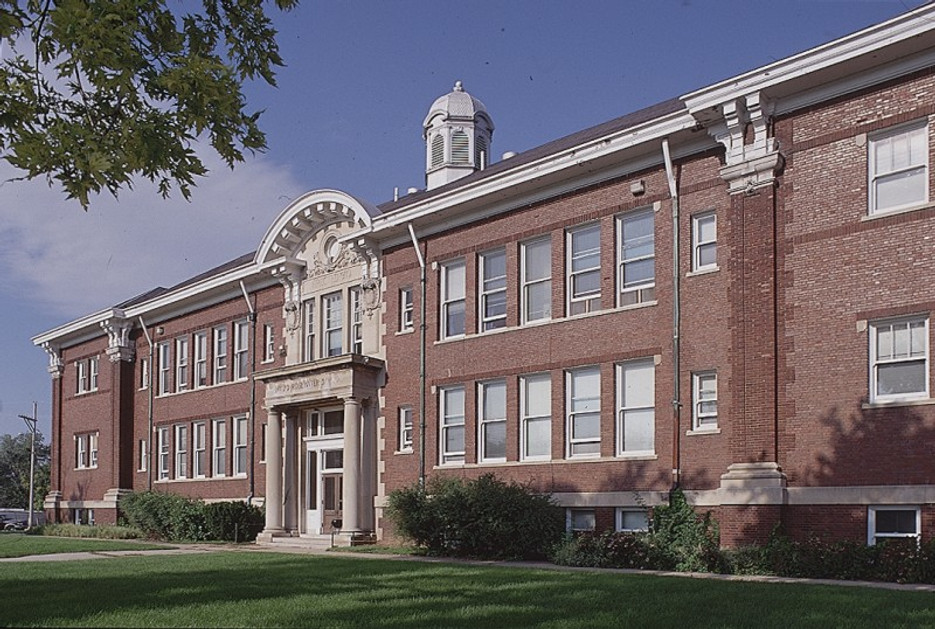Pest Birds: More than a Nuisance
How Birds Create Health Hazards and Costly Problems for Schools and Colleges
Schools, colleges and universities seem to draw pest birds like a magnet. The reason is simple: there’s plenty of food, shelter and very few natural predators on these grounds and campuses. Students often toss out half eaten food and leave endless scraps on the ground—chips, candy, fruit bars, sandwiches—all there for the taking. Birds are equally attracted to the many trashcans and dumpsters found on school/campus grounds. Schools also offer plenty of shelter for birds, which often nest in roofs, ledges, attics, and other architectural features found in and around school buildings.
Health Hazards
While these winged scavengers may pick up some food left on the ground, they’re not the most sanitary of creatures. According to Medical News Today, bird droppings have been known to carry any of 60 diseases—including histoplasmosis, encephalitis, salmonella, meningitis, and toxoplasmosis, even the West Nile virus. Besides being direct carriers of disease, pest birds are often linked to as many as 50 types of ectoparasites, which can work their way throughout structures to infest and bite humans. About two-thirds of these pests may be detrimental to the general health and well-being of humans. Bird droppings on slides, swings, and jungle gyms are equally troublesome, since school children play on them and seldom wash their hands after recess. The same holds true for college campuses, where bird droppings often end up on tables, benches and chairs. If bird droppings are present where food is stored, prepared or served, these areas may be cited by health inspectors and even shut down.
Structural Defacement and Damage
Pest birds such as pigeons, starlings and sparrows often build their nests in gutters, drains and the undersides of roof corners. Drainage systems backed up with bird debris can damage roofs, causing them to leak and even collapse—posing a major safety risk to anyone in the building. Bird droppings can eat away at roofing materials, especially those that are tar-based, which can cause leaks. Bird pests also build their nests in and around ventilation systems, which not only spreads the diseases they carry, but blocks airflow to the building, causing a build-up of potentially lethal carbon dioxide. Allowed to build-up, bird droppings can quickly erode wood, stone, steel and iron. They can discolor paint, corrode I-beams, ruin cloth awnings and short out electrical equipment.
Fire Hazards
Because bird nests are made up of twigs, feathers and other flammable material, they provide excellent kindling for fires—especially in areas where electricity or excess heat is present.
Slip-and-Fall Hazards
Bird droppings can create dangerous slip-and-fall hazards. These droppings are extremely slippery when wet—either when fresh or when moistened by dew or light rain. A Bronx jury awarded a man $1.36 million for pain and suffering after he slipped down a flight of stairs, causing spinal injuries that left him permanently and totally disabled. The jury determined that the fall was the result of pigeon droppings that had accumulated on the stairs leading to a subway station.
The time to act is now, before pest birds and droppings gather and accumulate. Humane, proven effective bird control measures should be implemented to prevent costly maintenance, repair and health problems.

